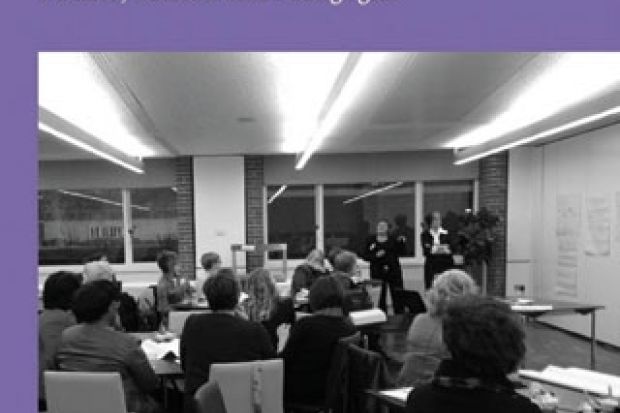Miriam David’s purpose here, she says, is twofold: to give an account of how the political project of feminism became a global social movement and was embedded in academia; and, secondarily, to develop knowledge, further understanding and transform relations “in the direction of what has become known…as gender and social justice”.
She pursues these projects through a collective life history of 100 feminist academics born during three periods in the 20th century, with the majority born between 1935 and 1950. David aims to “capture the feelings of excitement, pleasure and challenge in the heyday of feminists’ entry into academia, as…scholars and activists”, as well as the experiences of newer entrants, in a bid to document stories in danger of being forgotten or ignored.
David makes a strong claim that her qualitative approach is needed to correct the current dominant perspective on gender equality in universities, namely that as women are now over-represented in the student body, men, as well as other groups of students, should be the focus of concern and policy development: “gender [is]…no longer a key issue for the key equality bodies”. Among such bodies targeted for criticism is the Equality Challenge Unit and its metrics-based approach to reporting on higher education that David (borrowing Louise Morley’s phraseology) suggests contributes to a “misogyny masquerading as metrics”. Why? First, it minimises the “rampant” gender inequalities in the academic labour market, where men still comprise 80 per cent of professors and 72 per cent of senior managers, and there is an overall mean gender pay gap of 20 per cent. Second, the numerical approach occludes persistent gendered inequalities in the student experience, in which women face discrimination while studying and seeking employment.
In many respects, and taken on its own terms, David’s book delivers admirably on its mission to produce a document that will boost the collective understanding and memory of feminist academics of the 1950s onwards. It gives voice to a rich and valuable set of accounts from early pioneers and later entrants, narrating their negotiation of academic life and activism and/or domestic responsibilities, articulating a range of life-course experiences, from formative family events and engagement with inspirational texts, to often faltering and intermittent forays into academic life. But this is a book that may struggle to engage a wider audience beyond that to which it would naturally speak. It favours letting the data speak for themselves: while this is often a commendable approach, some readers will find the balance between short contextual commentary and pages of lengthy quotations disorientating. Further, David’s participants “were virtually all known” to her prior to the research, and, with their consent, she identifies most by name. This produces a text that can occasionally feel cliquey and undermines a more nuanced reading of the material. Although information is provided elsewhere on participants’ collective ethnicities, nationalities, social class, etc, the life history quotations are simply associated with a named individual, about whom many readers will have no further information.
Feminism, Gender and Universities is also less successful in relation to its secondary project to develop feminist-inspired knowledge to improve social justice in the modern university. Although participants are forthright in their condemnation of the “neoliberal”, “individualistic” and “competitive” turn in higher education, and David laments the “hideousness of academe today”, there are few answers offered to the key question of how one might address identified challenges, most notably the increasing pre-eminence in many institutions of a metrics-based, managerialist style.
A final observation about the assessment of quantitative data in the book may be in order. Although feminism fruitfully posed early objections to such data as partial, desiccated and potentially dehumanising, more recently it has been increasingly accepted within the feminist canon, and this is surely positive. Without the clear and impartial statistical reports on the higher education sector that the Equality Challenge Unit, for example, regularly produces, most discussion of the topics dominating David’s book would be less evidence-based and the poorer for it. Quantitative evidence provides a crucial part of the inequalities map, and liaising a critique of it per se, with a critique of metrics-based managerialism, is a backwards step.
Feminism, Gender and Universities: Politics, Passion and Pedagogies
By Miriam E. David
Ashgate, 238pp, £65.00
ISBN 9781472437112 and 7129 (e-book)
Published 1 July 2014





